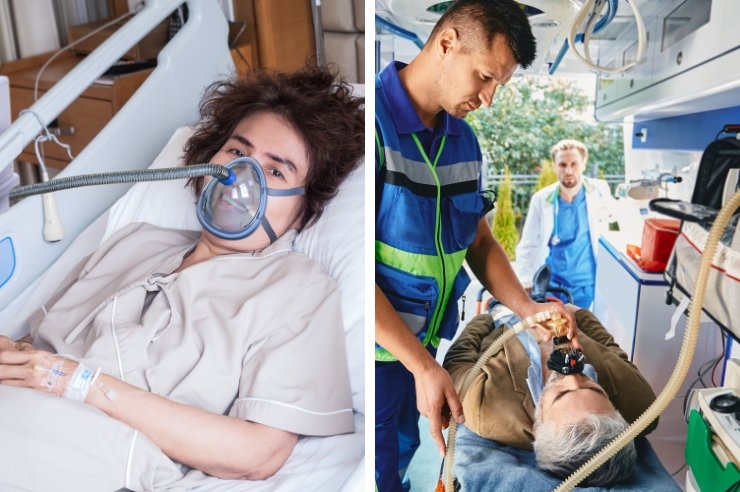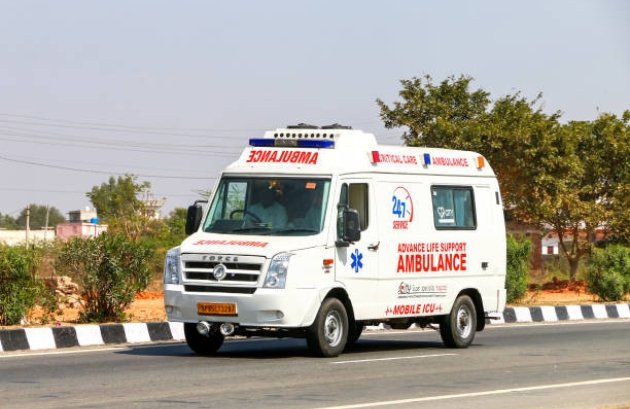


Most of us first consider calling for an ambulance in the event of a medical emergency. India has two major government-run ambulance services: 102 and 108. Though both numbers are intended to provide essential support during health emergencies, many people still are not aware of their separate functions.
We will explain in this article what distinguishes 102 and 108 ambulance services, how each works, and when you should call them. Let's find out how these emergency services operate and how they are rescuing people all over India.
Designed especially for pregnant women, newborns, and infants, the 102 ambulance service is a free emergency transportation. Mostly concerned with maternal and child health care, it is a component of the National Health Mission (NHM).
Important characteristics of the 102 ambulance:
Covering all sorts of emergencies—medical, police, and fire—the 108 ambulance service is a full emergency response system. Launched in 2005 by the Emergency Management and Research Institute (EMRI) and presently part of the National Health Mission, 108 is a lifeline for serious emergency incidents.
Caters to life-threatening events like road accidents, heart attacks, strokes, wounds, fire burns, etc.
Someone is feeling chest pain, stroke symptoms, or a major accident.
Understanding the distinction between 102 and 108 ambulance services can save lives by making sure people contact the correct helpline at the right time. A pregnant woman might not get prompt treatment if an 108 ambulance is stuck in an emergency; a heart attack victim could lose valuable time if someone wrongly calls 102.
Making emergency services more effective calls requires great effort on the part of the Indian healthcare system, and public awareness is very important in its development.
Q1: Should I dial 108 for pregnancy-related crises?
Yes, you may, especially if the situation is serious, for instance, significant bleeding or labor problems. But for regular travel for checkups or deliveries, 102 is best.
Q2: Are both 102 and 108 services free?
Yes, under the National Health Mission, the public can access all ambulance services free of cost.
Q3: Do all ambulances supply trained medical personnel?
Ordinarily, 108 ambulances carry EMTs or paramedics on board are 108 ambulances. Concentrating on safe maternity transportation, 102 ambulances might not always have sophisticated medical backup.
Q4: These services velocity is?
Though response times vary by state and area, both aim to respond within 15–30 minutes in metropolitan areas and 30–45 minutes in rural areas.
Q5: Are there any apps or websites to reserve these ambulances?
Although some states have mobile applications or central systems connected with 102 and 108 services, the quickest path is to call the appropriate number directly.
Knowing the distinction between 102 and 108 ambulance services guarantees that the right kind of assistance arrives on schedule. Knowing the goal of these services—whether it be a mother in labor or a road accident victim—can change everything.
At Shukla Ambulance, we seek to empower and assist areas with prompt and trustworthy ambulance service. For private ambulance needs, inter-hospital transfers, or ICU-equipped transport, rely on us to be available when you need us most.


